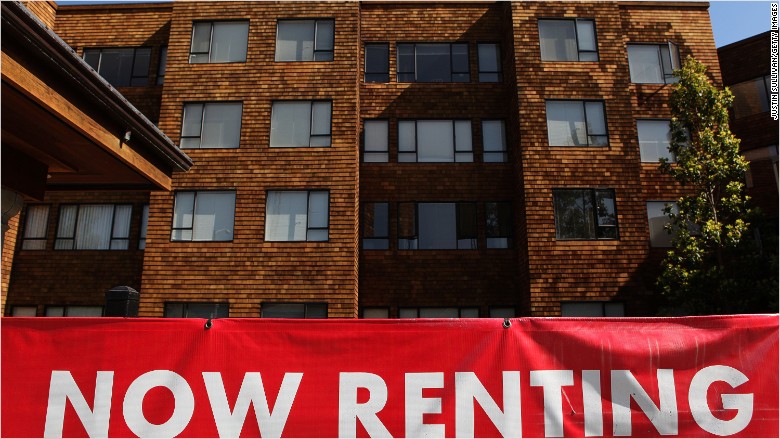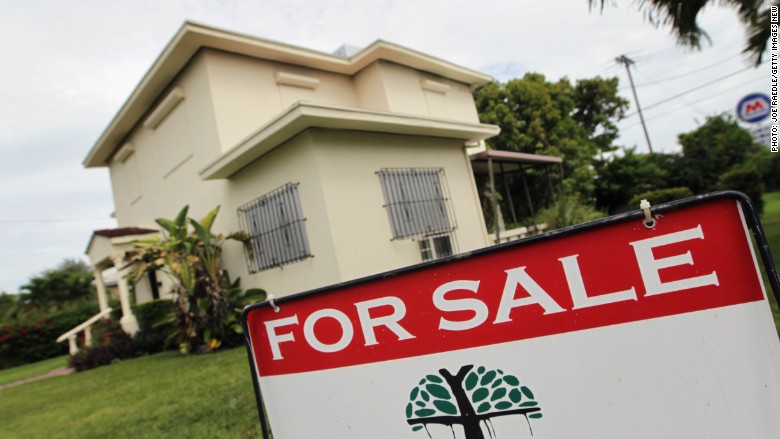Orange County real estate investor Lin He isn’t worried about how his own house will hold up against this winter’s anticipated monster, El Niño.
He, who buys and flips fixer-uppers, is afraid the extreme storm system forecast to last into spring could create construction delays, add to his labor, material and carrying costs and soak up his earnings.
“The rain definitely washes away the profits for investors,” said He, 48. “It has more impact on investors than homeowners.”
With the strongest El Niño on record predicted by the National Oceanic and Atmospheric Administration, all types of property owners hope to get ahead of the storms. Roofers say the sudden rush to make repairs, some postponed for years, have created monthslong backups. Flood insurance policies are on the rise.
The concern extends beyond the coast and canyons. A real estate agent in Lake Forest, a Neighborhood Watch captain, is circulating tip sheets on how to prepare for the worst.
Many homesellers traditionally hit the pause button over the holidays or wait until after the Super Bowl to put a home on the Multiple Listing Service. Weather expected to be more severe than megastorms that have pounded Orange County in recent decades – leading to flooding and deadly mudslides – could create even more of a stall in the housing market.
But even if the storms spill into spring, some real estate industry watchers say they don’t expect El Niño to have a sustained effect on home sales in Orange County in 2016.
Some even see an upside.
SEASONAL SLUMP
The local housing market began its seasonal slump in October. Data firm CoreLogic reported 2,858 new and existing homes closed escrow, down 10.5 percent from September and 0.7 percent from October 2014.
It was the first year-over-year sales drop since January and was the smallest number of closings for an October since the market recovery began in 2012.
The median price of all Orange County homes – the price at the midpoint of all sales – dipped to $600,000, down 2.4 percent on the month. It was the second biggest September-to-October percentage drop dating to 1988.
Statewide, Property Radar, another data firm, characterized October’s numbers as “ho-hum .. disturbingly flat and unexciting,” and unlikely to change in the near future.
“If the El Niño turns out to be as bad as predicted then the potential impact of real estate sales would depend on two factors,” said Madeline Schnapp, director of economic research for Property Radar. “One, location and whether or not that area is at risk for mudslides and/or flooding, and two, the month with the highest rainfall.
“If heavy rainfall happens in December and January, then probably the impact on real estate sales and inventory is minimal, given the fact that both of those months are low sales months,” she said. “If, on the other hand, rainfall is bad in February, March or April 2016, then there will probably be some impact, as sellers choose to wait for better weather and buyers wait for more inventory.”
In late November, the Orange County housing supply had dropped by 624 homes, or 10 percent, to 5,885 homes for sale, according to Steven Thomas, author of ReportsOnHousing.com. Last year at the same time, there were 6,484 homes on the market, 599 more.
It’s been a “slight seller’s market” lately, Thomas said, meaning sellers have the upper hand.
As he looked to the winter and spring months, though, Thomas’ report made no mention of superstorms on the horizon.
“I remember the 1997-1998 El Niño, and it really did not have a negative effect on the housing market,” he said. “Currently, there is a lot of strength in the housing market with a limited inventory and buyers not having a lot of choices.
“Even with wet weather, buyers are going to pounce on homes that come on the market that are priced right.”
A TRUE TEST
Homesellers and their agents face the dual challenge of drumming up buyers willing to venture out in ugly weather and making sure that when they arrive, the house will be show-ready, or at least hold up under scrutiny.
“El Niño could be a true test to the durability of homes in an area where we do not normally see extreme weather,” said Andrew Karigan, an agent with Teles Properties in Newport Beach.
For those looking to sell, he added, “Preparation will definitely be an asset.”
Mary Schreiber, an agent with Coldwell Banker Residential Brokerage, recalled what happened to a neighbor’s Yorba Linda home during the 1997-98 El Niño. Water came through the back door and went out the front door. The culprit was a clogged drain.
Schreiber, who now lives in Silverado Canyon, discounts the notion that only those who live in the canyons or along the coast are susceptible to floods and mudslides.
“This event is going to affect everybody,” said Schreiber, who also is an emergency preparedness volunteer. “It’s going to be people who aren’t paying attention to the situation who are going to have more trouble.”
Many homeowners are paying more than attention. Workers at the Royal Roofing Construction Company in Placentia have been “insanely” busy, said Janine Ossenberg, the owner’s wife.
“It started a couple months ago. Every day we get calls.”
Business has picked up “99.9 percent” from last November, she said. Late last month, the company, with five crews of roofers, had a two-month backlog. While the roofers can do repairs in the rain, they can’t start new roofing jobs or tear-offs. But, she added, “A lot of them are really, really bad. They needed it (a new roof) years ago.”
Homeowners also are installing rain gutters, snaking out drains, giving windows fresh caulking, weather-stripping doors and stocking up on such emergency items as sandbags and plastic sheeting. And they’re buying flood insurance. Most homeowner insurance policies do not cover flooding.
“Even if you are in a low-risk zone that has not typically seen flooding, with what NOAA is predicting you should absolutely consider flood insurance,” said Nancy Kincaid, state Department of Insurance spokeswoman.
“If you’re ever going to buy it, buy it this year.”
While there’s an up to three-month lag in companies reporting newly purchased policies to the insurance department, “It does appear from at least initial indicators that people are paying attention and taking the El Niño flooding threat seriously,” said the department’s Mary Simms.
She noted that most flood insurance policies take 30 days to go into effect; officials urge homeowners not to wait until the water rises.
“In our neighborhood, everybody’s getting ready for El Niño,” said Tim Morissette, an agent with First Team Real Estate who’s also a Neighborhood Watch street captain in Lake Forest. Morissette, whose own house is set on a slope, is passing out the tip sheets.
FORGING AHEAD
He, the investor, said he won’t necessarily stop buying properties to flip or curtail remodeling projects, even at the risk of getting rained out. In addition to flipping homes, he’s a general contractor and real estate broker.
“I wouldn’t make a blanket statement,” said He, who deals with hard-money lenders charging 10 percent interest and 2 points, and needs the quickest possible turnaround on a flip to reap the greatest profit. “I’ll still look at houses to buy, but it will be case by case, taking into consideration all the potential additional costs.”
In addition to delaying construction, bad weather slows home shopping traffic, said housing analyst John Burns of John Burns Real Estate Consulting in Irvine. “And a year of bad weather would stop sales to people who just go out for the weekend with little urgency and end up finding the home of their dreams,” he said.
But fewer available homes could increase demand – and for some, that would be a silver lining.
“I don’t think it’s going to have a horrific effect,” said Mac Mackenzie, an agent at Coldwell Banker Residential Brokerage. “If inventory is cut 80 percent, the people (with homes) on the market are going to get better sale prices.”
Undoubtedly, new babies, growing children, job-related moves, divorces, personal finances and aging in-laws will prompt some homebuyers and sellers to forge ahead, no matter what the weather does.
“The people who are going to sell are going to sell,” Morissette said. “People who want to buy are out there in the rainstorms; they’re out there in holiday periods; they’re out there in snowstorms when they need to do it.
“I’m from the Midwest,” he added. “My brother sells real estate in blizzards.”




 by Jacklyn Renz
by Jacklyn Renz